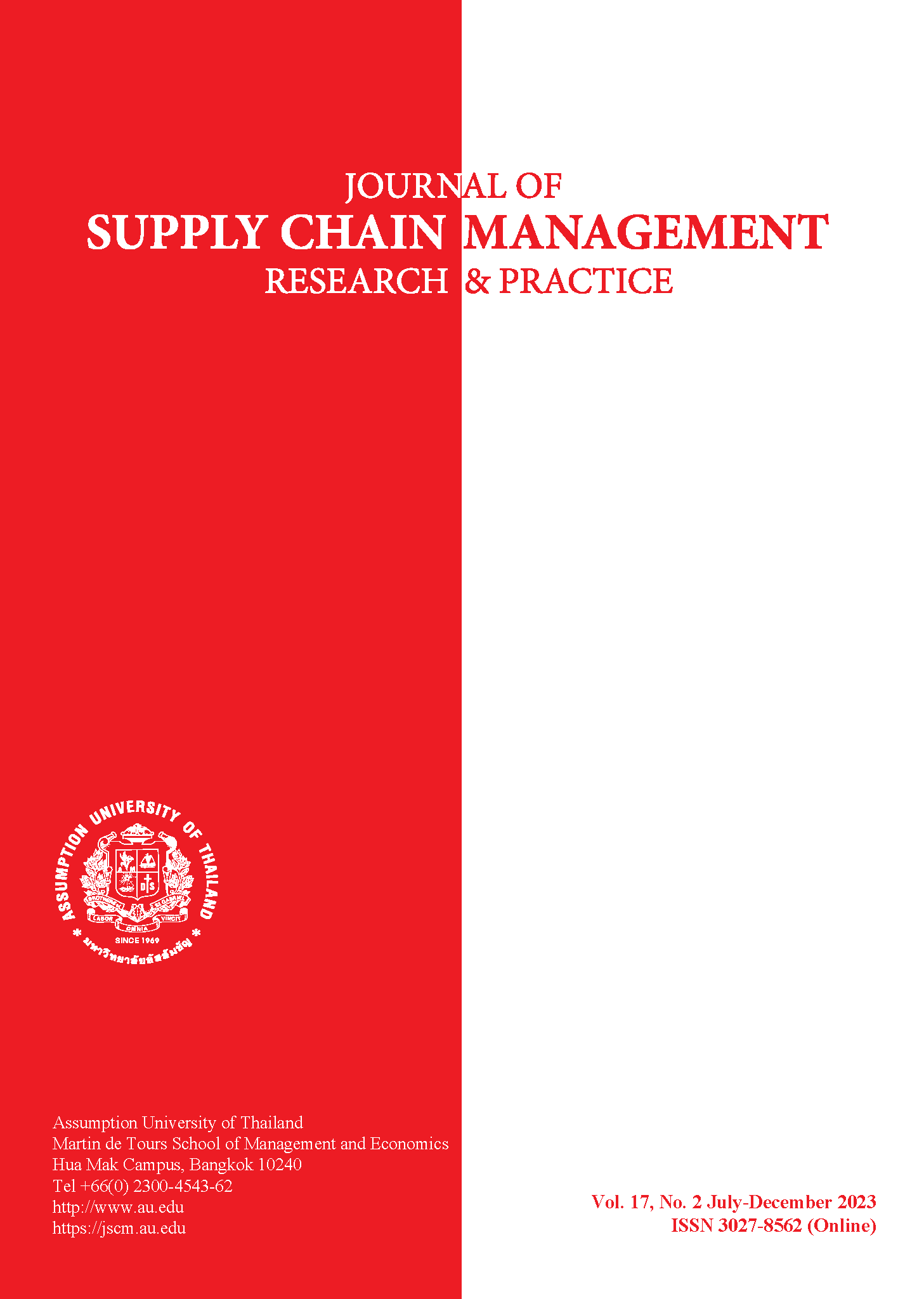Defect Reduction by DMAIC Method: A Case Study of a Jewelry Manufacturer
Keywords:
Lean Six Sigma, DMAIC Methodology, Defect rate, Cause and Effect Diagram, ลีนซิกส์ซิกมา, ระเบียบวิธี DMAIC, อัตราของเสีย, แผนผังก้างปลาAbstract
This research is a case study of a jewelry manufacturer with the purposes to solve a problem of the defect rate of resins in the modeling department. DMAIC methodology (Define, Measure, Analyze, Improve, and Control) was applied in the research to analyze and identify root causes of the defective resins, improve modeling processes, and reduce a defect rate of resins. Data were collected by using the data collection forms, observations, interviews, and historical data. As a result, there are eight root causes of the defects divided into four categories of the causes and effects diagram. The research was scoped down to focus on only two categories, which are methods and manpower. Researcher proposed five solutions to solve the problem of defects as well as few control strategies to measure and maintain the improvements. Company has gained many benefits from this research. The results clearly indicate that the defect rate of resins decreased significantly.


